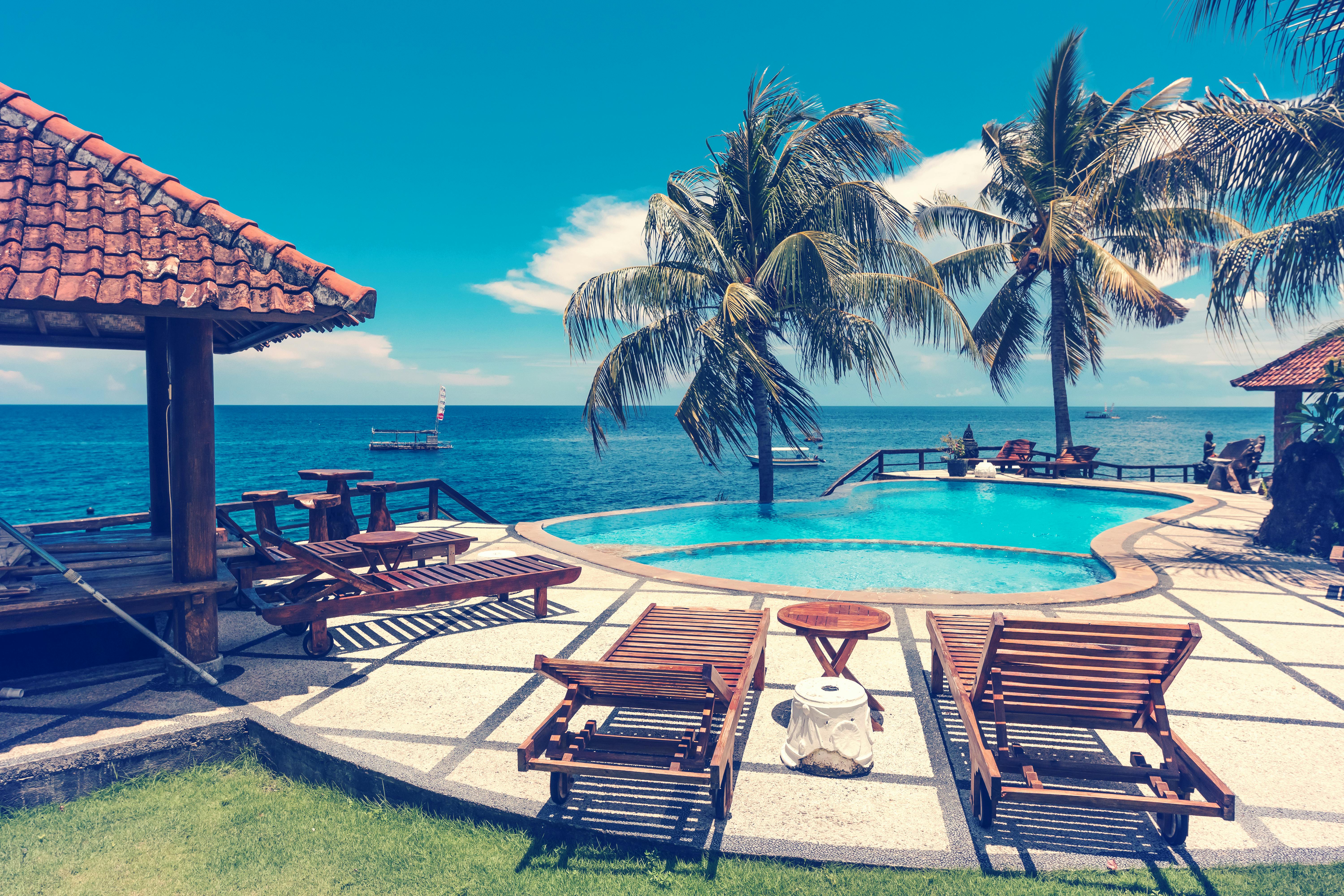This 130-mile curving stretch of sand, jutting out into the Atlantic Ocean, is a unique combination of magnificent beach and four centuries of history.
And while a burgeoning tourist trade has transplanted all the comforts of “home” to its arenas, including upscale resorts, elegant restaurants and boutiques and, yes, a shopping mall, that sense of remoteness, of being in one place. where the wind and waves still have the last word, linger in the salty air.
The coastal towns stretch from Corolla and Duck in the north to Kitty Hawk, Kill Devil Hills, and Nags Head on Bodie Island. Local laws restrict the height of buildings, and only some of the larger motels reach five stories. South of Nags Head is Cape Hatteras National Seashore, 70 miles of mudflats and undeveloped beaches.
Outdoor activities include swimming, biking, bird watching, kayaking, canoeing, windsurfing, hiking, and golf. Arts and crafts festivals and boat races take place on the Outer Banks throughout the summer. The first English settlement, called the “Cittie of Ralegh”, was established on Roanoke Island in 1587. The inhabitants of the first settlement disappeared and left little evidence of their existence. The story of the “Lost Colony” is told through exhibits and documentaries at the Fort Raleigh National Historic Site and the Roanoke Island Festival Park, both on Manteo Island.
The site of the Wright brothers’ first powered flight is in present-day Kill Devil Hills. Visitors can climb Big Kill Devil Hill and learn about the Wright Brothers and their efforts to build the first plane at the Wright Brothers National Monument.
The site of the first flight of a powered plane in 1903 offers a replica of the plane and other exhibits, including a reconstruction of the Wright camp. The Wright Memorial Shaft crowns Big Kill Devil Hill, a once-moved 90-foot sand dune that has been stabilized with grass. The 60-foot pylon, built from gray granite from Mount Airy, North Carolina, pays tribute to the Wright brothers and marks the site of the hundreds of glider flights that preceded the first powered flight.
Jockey’s Ridge is home to the tallest sand dune on the East Coast. It is located at Milepost 12 on US 158 Bypass. Activities include hang gliding, hiking, playing in the sand, and enjoying the view from the ridge.
Located on the northern tip of Hatteras Island, the Pea Island refuge stretches 12 miles from the Oregon Inlet to Rodanthe.
Named for the wild pea vine that grows here in abundance, the refuge encompasses 6,000 acres of land and 25,700 acres of Pamlico Sound. More than 265 species of birds, such as Canada and snow geese, tundra swans, herons, egrets and more than 25 species of ducks, pass through during the fall and spring migrations. The refuge has several platforms on the side of the road from which you can observe birds and other wild animals. There is a hiking trail and access to the beach.
Fort Raleigh National Historic Site
1401 National Park Drive
Manteo, NC 27954
Open every day, except Christmas, from 9 a.m. to 5 p.m. M. At 5 p. M. With extended hours during the summer. Reconstructions, exhibits, and live theater tell the story of the first attempt at English settlement in the United States.
Elizabethan Gardens, created by the Garden Club of North Carolina as a memorial to the early settlers and as an example of the gardens that adorned the properties of the wealthy patrons of the colony.The park is located on Route 64, three miles north of Manteo. .
The North Carolina Aquarium on Roanoke Island reopened in the spring of 2000 after a two-year expansion project.
At approximately 68,000 square feet, the aquarium is twice its previous size and features hundreds of animals found in North Carolina’s diverse aquatic environments.
The centerpiece of the expanded aquarium is the 285,000-gallon ocean tank, which houses the recreated skeletal remains from the wreck of the USS Monitor. Large sharks, schools of fish, and sea turtles combine to make this exhibit spectacular. The aquarium is located on 14 acres of property overlooking the Croatan Sound.
Outside is a nature trail, a boardwalk with viewing platforms and mounted telescopes, and an excavation area where visitors can dig for fossilized shark teeth.
The aquarium is located on Airport Road, three miles north of Manteo, off US 64, next to the Dare County Regional Airport.


